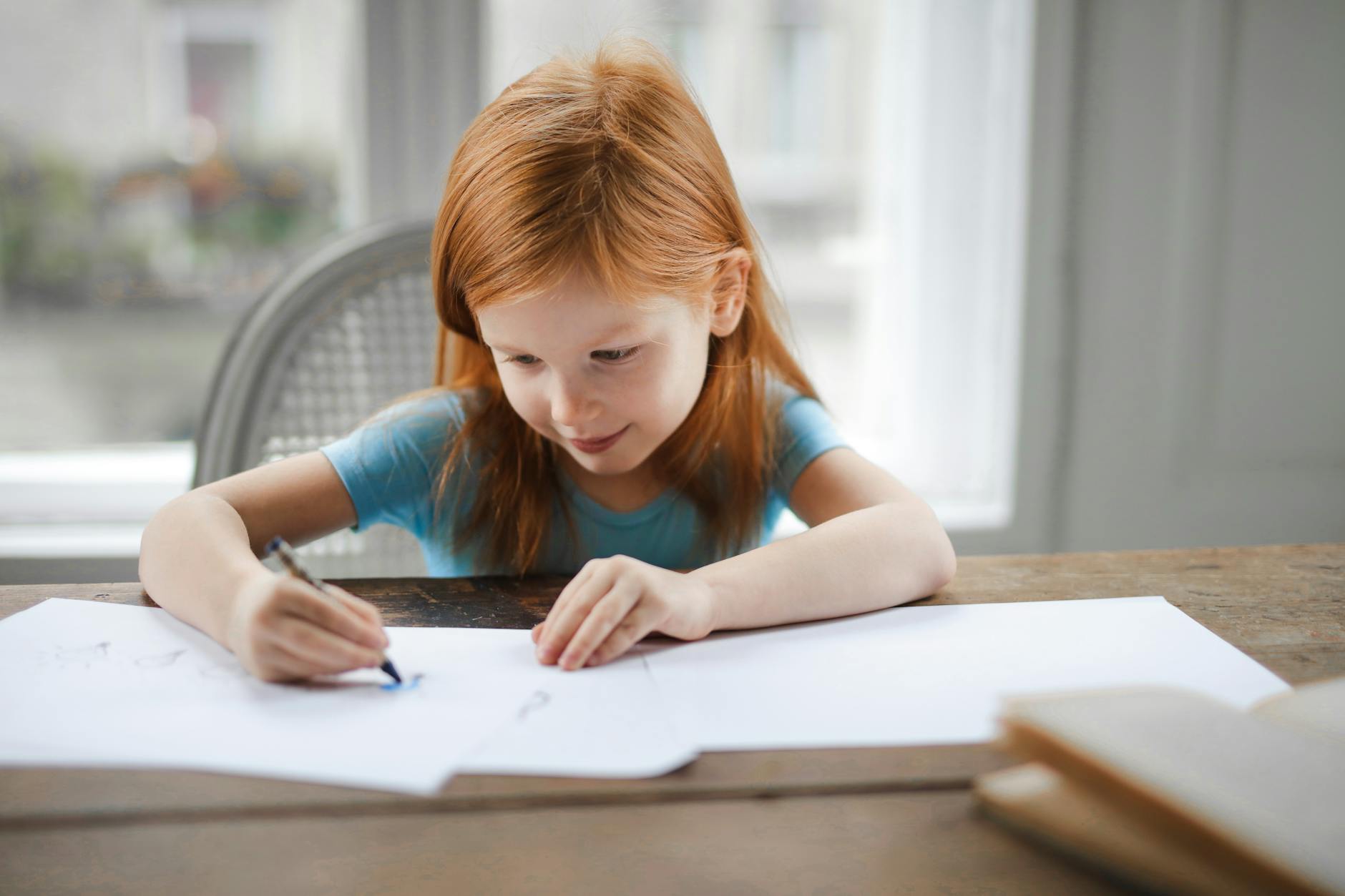One of the fascinating aspects of creative expression is its highly individualistic nature, shaped by experiences, perspectives and even the chemistry of the brain. For several artists, the use of cannabis has been identified as a catalyst for self-expression and creative inspiration. This article delves into how cannabis interacts with the mind, potentially facilitating a heightened state of artistic flow and sensory enhancement.
The relationship between cannabis and human creativity is not a new phenomenon but stretches back to ancient times. Legendary artists, writers, and musicians across various periods have openly acknowledged the impact of cannabis on their creative process. The effects of cannabis on the mind are linked to a range of experiences, such as relaxation, alternative thinking, and enhanced senses, which can boost the artistic process.
The primary psychoactive component in cannabis, delta-9-tetrahydrocannabinol (THC), interacts with the brain’s endocannabinoid system, which is responsible for regulating a range of functions including mood, pain perception, appetite and memory. According to a study published in the Journal of Psychoactive Drugs, THC’s effect on the brain’s frontal cortex activates specific areas responsible for critical thinking, novelty, and perceptual alteration. This cognitive stimulation may foster a level of creative expression beyond the norm, breaking down conventional patterns of thought and forging new pathways of inspiration.
The use of cannabis in art therapy has shown effectiveness as a tool to unlock expressive capacities that may be constricted due to anxiety or self-judgement. As per research published in the American Art Therapy Association, the relaxation effect linked to cannabis usage can lower barriers to self-expression. By alleviating apprehensions, artists can delve deeper into their emotional and creative cores, broadening their perspectives and enabling them to conceive unique ways to communicate their feelings and ideas.
Moreover, cannabis has been associated with sensory enhancement, with several users noting heightened perception of sight, sound, taste, and touch. This increased appreciation for sensory experiences can play a significant role in the artistic process, particularly in the realms of visual art, music, and gastronomy. The Newsweek report on Cannabinoid Hyperemesis sheds light on how amplified senses can inspire creative bursts and a deeper connection with one’s craft.
Can cannabis predictably spur creative genius in everyone? Certainly not. The cannabis effects are subjective and vary in individuals based on factors such as tolerance, dosage, strain, and the individual’s personal chemistry. It’s also important to remember that while cannabis might remove some creative blocks for some individuals, it is not a replacement for discipline, practice, and dedication to one’s craft.
Indeed, cannabis can potentially broaden the limits of perception, foster alternative thinking, and stimulate emotional articulation, but creativity requires more than just raw inspiration. It needs skills, techniques, dedication, and oftentimes, years of hard practice. As such, cannabis’ role could be viewed more as a facilitator rather than a source of creativity.
In conclusion, the relationship between cannabis and creative expression is as multifaceted and individualistic as the process of artistic creation itself. The relaxation, sensory enhancement, and alternative thinking that can be stimulated by cannabis may contribute to a space where inspiration can be kindled, and artistic flow can be more freely explored. However, cannabis is one component of a larger creative matrix and should be treated responsibly within that context. Always remember: the tool doesn’t make the artist, and all forms of inspiration come with their own responsibilities and should be approached with mindfulness.
Category: Cannabis and Creativity
